BSBPMG632 Risk Management Plan Assignment
- Subject Code :
BSBPMG632
- University :
central college Australia Exam Question Bank is not sponsored or endorsed by this college or university.
- Country :
Australia
Project Overview
Assuming that your organization has been awarded contracts to undertake the following projects:
Project 1 - Website redevelopment and hosting and maintenance services for Destination: Australia
This project is for the technical upgrade of the Archives website Destination: Australia. In order to ensure the best value for money and optimal functionality (for the website and related exhibition interactive) going forward, it is necessary for the website to be transferred from a proprietary CMS to a commonly available CMS (including, but not limited to, an Open Source CMS).
The website will enable the National Archives of Australia to collect user contributed data about the photographic collection featured on the site. The interface must be modern, engaging and user-friendly, designed to meet the needs of people of all ages, and differing levels of computer and English literacy. The website must interact successfully with an exhibition interactive via an existing API. There is an option for hosting, maintenance and support services to be provided from contract execution until 31 December 2019.
Project 2 Re-development of Intranet
A redevelopment of the Clean Energy Regulator Staff Intranet into SharePoint 2013
Project 3 - Database for community engagement - Software as A Service Customer Relationship Management system (SAAS CRM)
The National Radioactive Waste Management Facility project is currently in Phase 2, best described as the technical assessment and continued community consultation phase. One site has been chosen to progress to this stage while other as yet unknown sites may also progress to this stage. The project team requires a database (Software as A Service Customer Relationship Management system (SAAS CRM) to effectively and confidentially manage large volumes of data, including names, addresses, opinions of community members and contact details. This will assist in ongoing community engagement.
The system must be fully operational (tried and tested) within two weeks of the commencement of the proposed contract. The project, and related community engagement, will be ongoing for years. Access to maintenance and advice will be desirable.
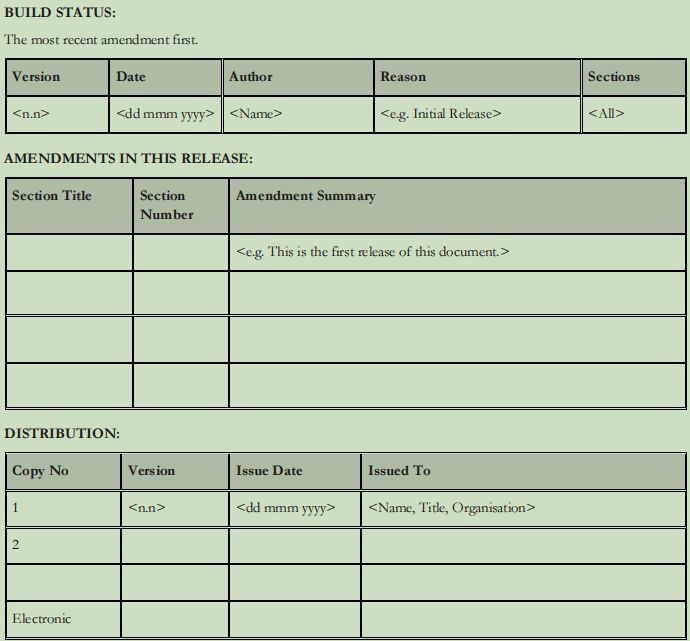
Executive Summary
The purpose of this document is to provide a management framework to ensure that levels of risk and uncertainty are properly managed for the remainder of the program. As risk management is an ongoing process over the life of a program, the Risk Register must be considered a snap shot of relevant risks at one point in time.
This document will achieve this by defining the following:
The process that will be/has been adopted by the Program to identify, analyse and evaluate risks during the remainder of the program; how risk mitigation strategies will be developed and deployed to reduce the likelihood and/or impact of risks; how often risks will be reviewed, the process for review and who will be involved; roles and responsibilities for risk management; how reporting on risk status, and changes to risk status, will be undertaken within the Program and to the Steering Committee; a complete Risk Register containing all risks identified for the Program, their current gradings and the identified risk mitigation strategies to reduce the likelihood and seriousness of each risk.
Introduction
The purpose of risk management is to ensure levels of risk and uncertainty are identified and then properly managed in a structured way, so any potential threat to the delivery of outputs (level of resourcing, time, cost and quality) and the realisation of outcomes/benefits by the Business Owner(s) is appropriately managed to ensure the program is completed successfully.
The objectives of the risk management approach in the Program are to identify, assess and mitigate risks where possible and to continually monitor risks throughout the remainder of the program as other risks or threats emerge or a risks impact or likelihood changes.
As risk management is an ongoing process over the life of a program, this Risk Management Plan and Risk Register must be considered a snap shot of relevant risks at one point in time. Where required, the process of risk identification, assessment and the development of countermeasures will involve consultation with the Steering Committee members, the Reference Group, other relevant stakeholders and Program team members.
Risk Assessment
Identification
Risk identification involves determining which risks or threats are likely to affect the program. It involves the identification of risks or threats that may lead to program outputs being delayed or reduced, outlays being advanced or increased and/or output quality (fitness for purpose) being reduced or compromised.
For most large/complex programs, a number of high level risks should have been identified during the program initiation stage these should be used as the basis for a more thorough analysis of the risks facing the program.
One of the most difficult things is ensuring that all major risks are identified. A useful way of identifying relevant risks is defining causal categories under which risks might be identified. For example, corporate risks, business risks, program risks and infrastructure risks. These can be broken down even further into categories such as environmental, economic, political, human, etc. Another way is to categorise in terms of risks external to the program and those that are internal.
See the Program Management Risk Identification Tool for some useful prompts in identifying program risks. The Australian Standard for Risk Management AS/NZS 4360: 2004 Appendix D refers to generic sources of risk.
The wording or articulation of each risk should follow a simple two-step approach: Consider what might be a trigger event or threat (eg. poor quality materials causes costs to rise) several triggers may reveal the same inherent risk; thenIdentify the risk - use a newspaper headline style statement short, sharpand snappy (eg. budget blow out) then describe the nature of the risk and the impact on the program if the risk is not mitigated or managed (eg. program delayed or abandoned, expenditure to date wasted, outcomes not realised, government embarrassed etc).
Use the Risk Register (see Appendix A) to document the results.
For large or complex programs it can be beneficial to use an outside facilitator to conduct a number of meetings or brainstorming sessions involving (as a minimum) the Program Manager, Program Team members, Steering Committee members and external key stakeholders. Preparation may include an environmental scan, seeking views of key stakeholders etc.
For a small program, the Program Manager may develop the Risk Register perhaps with input from the Program Sponsor/Senior Manager and colleagues, or a small group of key stakeholders. It is very easy to identify a range of risks that are outside the program and are actually risks to the business area during output delivery, transition or once operational mode has been established. These are not program risks and should not be included in the Program Risk Register, but referred to the relevant Business Owner. It may be appropriate to submit an Issues Paper to the Steering Committee recommending formal acceptance by the relevant Business Owner for ongoing monitoring and management of specific risks.
See the Program Management Fact Sheet: Developing a Risk Management Plan and the Risk Identification Tool for more information on how to undertake risk identification.
In this section specify: what risk identification process has been undertaken (ie. brainstorm, facilitated session, scan by Program Manager etc); any categories used to assist in the identification or relevant risks; when the risk identification process occurred; and who was involved.
Analysis and Evaluation
Once risks have been identified they must be analyzed by determining how they might affect the success of the program. Generally the impact of a risk will realise one or any combination of the following consequences:
Program outcomes (benefits) are delayed or reduced;
Program output quality is reduced;
Timeframes are extended;
Costs are increased.
Once analysed, risks should be evaluated to determine the likelihood of a risk or threat being realised and the seriousness, or impact,
should the risk occur.
'Likelihood' is a qualitative measure of probability to express the strength of our belief that the threat will emerge (generally ranked as Low (L), Medium (M) or High (H)).
'Seriousness' is a qualitative measure of negative impact to convey the overall loss of value from a program if the threat emerges, based on the extent of the damage (generally ranked as Low (L), Medium (M), High (H) or Extreme).
From this risks will be graded as A, B, C, D or N according to the following matrix:

The ratings for likelihood and seriousness determine a current grading for each risk that in turn provides a measure of the program risk exposure at the time of the evaluation.
In this section specify:
How the identified risks could potentially impact on the program in terms of the four categories of consequence (eg. x have potential to delay or reduce program outcomes/reduce output quality etc);
Summarize the distribution of risks according to the grading (number of A Grade risks, B Grade risks etc) List any A Grade risks.
Risk Mitigation
Mitigation of risks involves the identification of actions to reduce the likelihood that a threat will occur (preventative action) and/or reduce the impact of a threat that does occur (contingency action). This strategy also involves identifying the stage of the program when the action should be undertaken, either prior to the start of or during the program.
Risk mitigation strategies to reduce the chance that a risk will be realised and/or reduce the seriousness of a risk if it is realised have been developed. The following table is useful to determine how risks will be treated in terms of preparation and/or deployment of mitigation strategies during the life of the Program. Mitigation strategies are usually only prepared and/or deployed for Grades A through to C, however where an existing risk graded at D appears likely to be upgraded, mitigation strategies should be prepared.
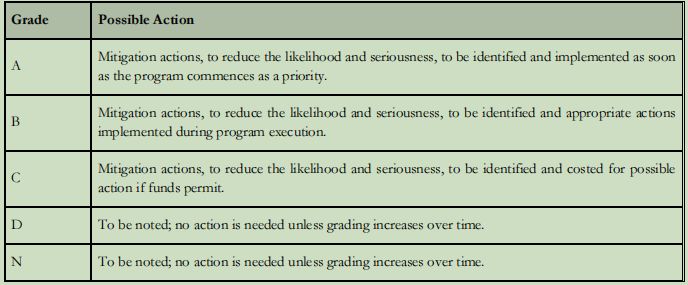
In this section specify:
The proportion of risk mitigation actions that are preventative (eg. 30%);
The proportion of risk mitigation actions that are contingency (eg. 70%);
Key stakeholders nominated as responsible for undertaking specific risk mitigation actions;
Any major budgetary implications
For any identified A Grade risks specify:
What type of mitigation action is proposed (preventative or contingency);
Who is responsible for undertaking the proposed action; and
Any cost implications for the program Budget.
Risk Monitoring
Risk Management is an iterative process that should be built into the management processes for any program. It must be closely linked with Issues Management, as untreated issues may become significant risks. If prevention strategies are being effective, some of the Grade A and B Risks should be able to be downgraded fairly soon into the program.
In this section specify
How frequently a review of the Risk and Issues Registers will be undertaken (eg. fortnightly, monthly);
Who will be involved in the review of the Risk and Issues Registers (eg. the Program team);
How often risks will be monitored to ensure that appropriate action is taken should the likelihood, or impact, of identified risks change and to ensure that any emerging risks are appropriately dealt with (eg. monthly);
If the Risk Register will be maintained as a separate document or as part of the Risk Management Plan;
How often the Steering Committee or Program Sponsor/Senior Manager will be provided with an updated Risk Register for consideration;
and
How often Risk status will be reported in the Program Status Reports to the Steering Committee/Program Sponsor/Senior Manager (usually only Grade A and B risks).
Roles and Responsibilities
Steering Committee
Ultimate responsibility for ensuring appropriate risk management processes are applied rests with the Program Sponsor and Program Steering
Committee, and they should be involved in the initial risk identification and analysis process. The Risk Management Plan and the Risk
Register should provide the Program Sponsor and Program Steering Committee with clear statements of the program risks and the proposed
risk management strategies to enable ongoing management and regular review.
The Steering Committee will review the Grade A and B program risks on a basis via updated information provided in the Program Status Reports and provide advice and direction to the Program Manager. The Steering Committee will also be provided with an updated Risk Register for consideration, as required, when additional threats emerge or the likelihood or potential impact of a previously identified risk changes.
Program Manager
The Program Manager will be responsible for:
Development and implementation of a Program Risk Management Plan;
Organization of regular risk management sessions so that risks can be reviewed and new risks identified;
Assessment of identified risks and developing strategies to manage those risks for each phase of the program, as they are identified;
Ensure that risks given an A grading are closely monitored; and
risks identified during each phase of the program and the strategies adopted to manage them.
In large or complex programs, the Program Manager may choose to assign risk management activities to a separate Risk Manager, but they should still retain responsibility. It should be noted that large programs are a risk in themselves, and the need for the Program Manager to reassign this integral aspect of program management may be an indication that the program should be re-scoped, or divided into several subprograms overseen by a Program Director.
Program Team
All members of the Program Team will be responsible for assisting the Program Manager in the risk management process.
This includes the identification, analysis and evaluation of risks and continual monitoring throughout the program life cycle
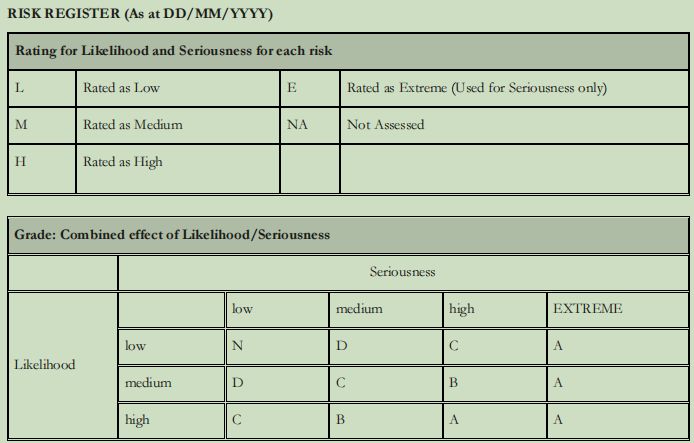
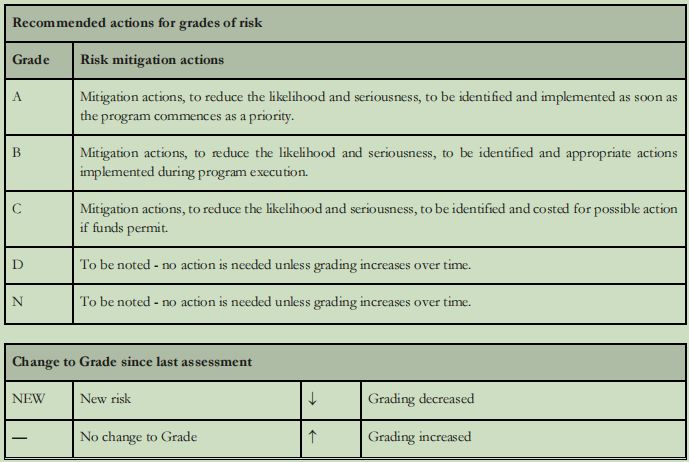
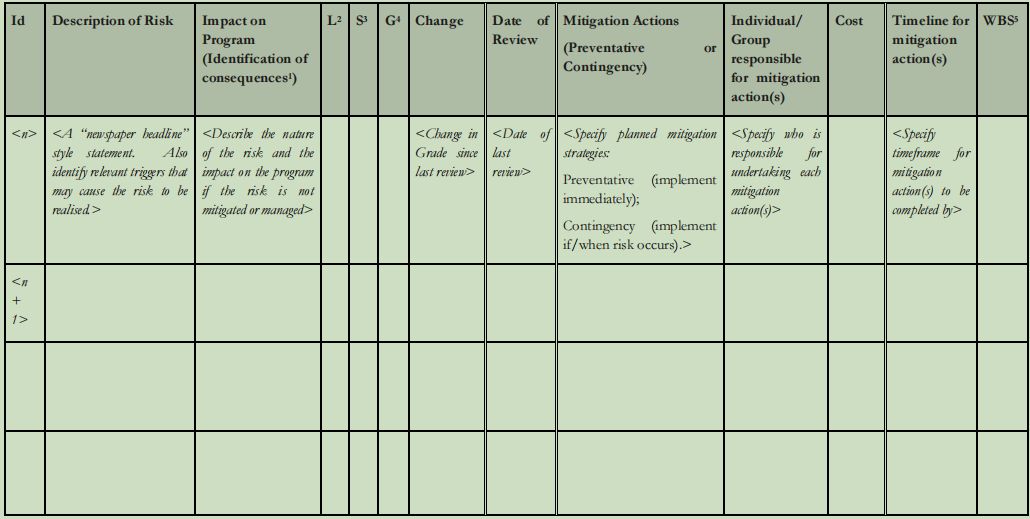
Are you struggling to keep up with the demands of your academic journey? Don't worry, we've got your back! Exam Question Bank is your trusted partner in achieving academic excellence for all kind of technical and non-technical subjects.
Our comprehensive range of academic services is designed to cater to students at every level. Whether you're a high school student, a college undergraduate, or pursuing advanced studies, we have the expertise and resources to support you.
To connect with expert and ask your query click here Exam Question Bank

